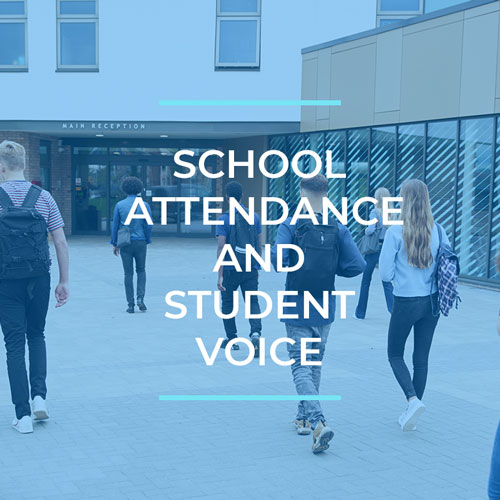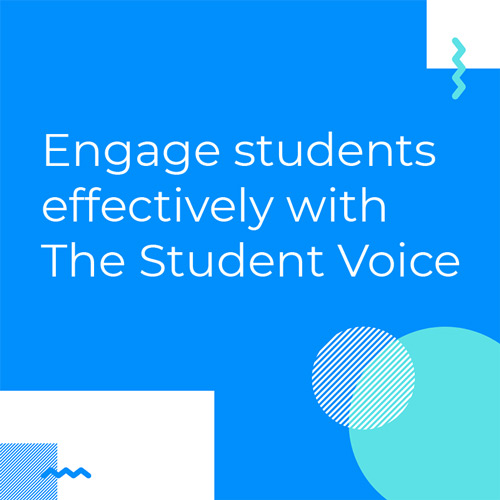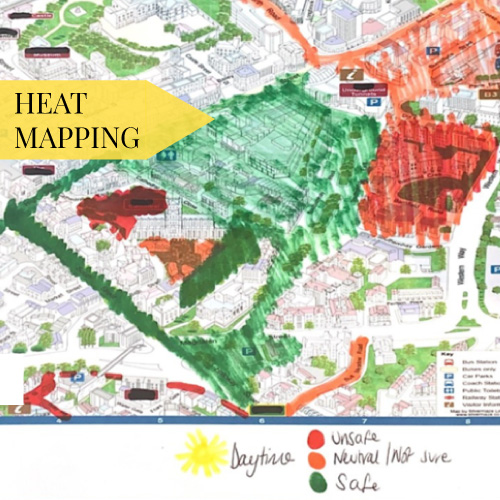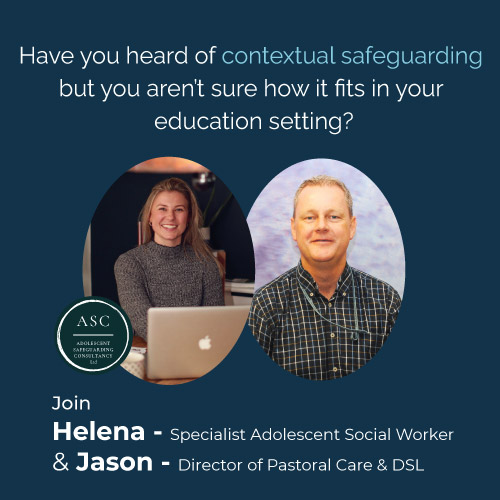Beyond Listening: Understanding the Voice of the Child
“Children that have been abused do not have behaviour problems that need to be addressed. They have extreme survival skills that need to be understood.”
Paula Goodwin
A growing emphasis to move beyond listening. Seeking to understand the voice of the child can be transformative for our safeguarding practice.
The notion that schools and organisations responsible for safeguarding young people and children should promote the voice of those students is not new. Indeed, this facet of safeguarding has been the cornerstone of the Ofsted and ISI inspection frameworks and the Council of International School accreditation processes for many years.
However, changes to key legislation and possibly inspection frameworks highlight a subtle but potentially significant change to the expectations surrounding student voice. Staff need to be aware of the difficulties children and young people may have in telling somebody they’ve been abused and recognise how important it is for staff to understand abuse and how to respond to concerns about it. KCSIE, September 2023, states that:
“467. It is important to understand that children may not find it easy to tell staff about their abuse verbally. Children can show signs or act in ways that they hope adults will notice and react to. In some cases, the victim may not make a direct report. For example, a friend may make a report, or a member of school or college staff may overhear a conversation that suggests a child has been harmed or a child’s own behaviour might indicate that something is wrong. ”
Get our blogs sent straight to your inbox
We hope these developments are the initial steps to real learning and progress, since such harmful societal issues were highlighted through Everyone’s Invited and the case review of child Q, to name a few. The common thread being that the voices of young people may not have been heard, and more importantly not understood.
Seeking to understand poses the greatest challenge and yet the greatest opportunity for schools, colleges and communities. Dr Carlene Firmin’s guiding principle has never been more important or relevant: “We will not understand the everyday life experiences of young people unless we seek to understand the social rules that govern their lives.” (Dr Carlene Firmin, 2021)
As we have all experienced at some point in our lives, it is extremely difficult to come forward and disclose something, even to our trusted friends, and especially face to face, which is, unfortunately, why many people stay silent. For young people, the social rules that govern their lives (Dr Carlene Firmin, 2017) can make coming forward even harder. We can, however, start the conversation by listening to our young people authentically and providing them with brave spaces.
Seeking to understand the lives of our young people needs to be our goal, and the framework and immense benefits offered by contextual safeguarding needs to become centre ground in our safeguarding cultures and approaches. Contextual Safeguarding is an approach to understanding, and responding to, young people’s experiences of significant harm beyond their families. It recognises that parents and carers have little influence over these contexts and it is this recognition that is fundamental to our progress and should fuel our drive to understand the voice and life experiences of the child. The importance of understanding young people’s experiences in these contexts was demonstrated in our webinar ‘Contextual Safeguarding, Extra-Familial Harm and the role of pupil voice‘.
There are four clear benefits to contextual safeguarding:
Develop community
Contextual safeguarding does not just focus on one individual, but on how to protect all young people from environments that cause safeguarding issues. It uses partnerships between educational settings and communities so that everyone is aware of possible warning signs and how to report them.
Age appropriate
Contextual safeguarding is particularly important for adolescents, because as young people age, they spend more time socialising away from their families. Consequently, their social networks – and any harm associated with them – become more significant.
Develop a shared culture of safety
All those who have influence over extra-familial contexts, including peers, can use their influence to make these settings safer. Regular and accurate, up-to-date information sharing is particularly important. Young people’s participation in this ensures that the potential for harmful situations is reduced and that they are protected.
Prevent future harm
The relationships that young people make during this period of time influence what they expect from future relationships, so if they socialise in safe, supportive environments then they will form safe, supportive relationships (and the same applies for harmful, abusive relationships). By ensuring that young people are in nurturing environments – both within educational settings, and outside them – we can reduce the risk of future harm.
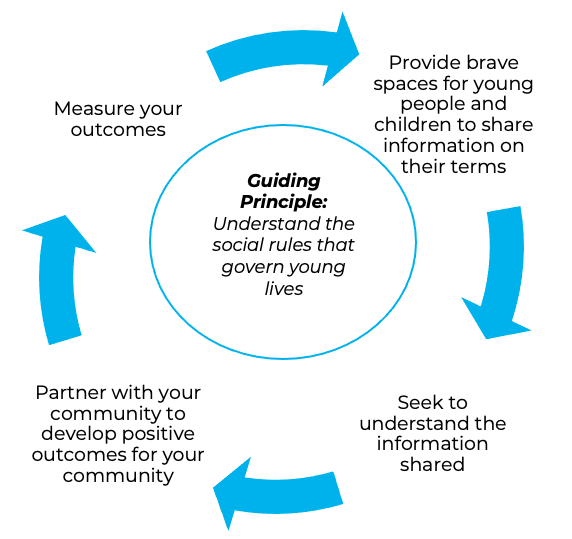
Through attempting to change the context in which harm takes place we will be enabling young people to socialize in safe supportive environments, thus preventing future harm. As a result our schools, colleges and communities will be safer and stronger.


